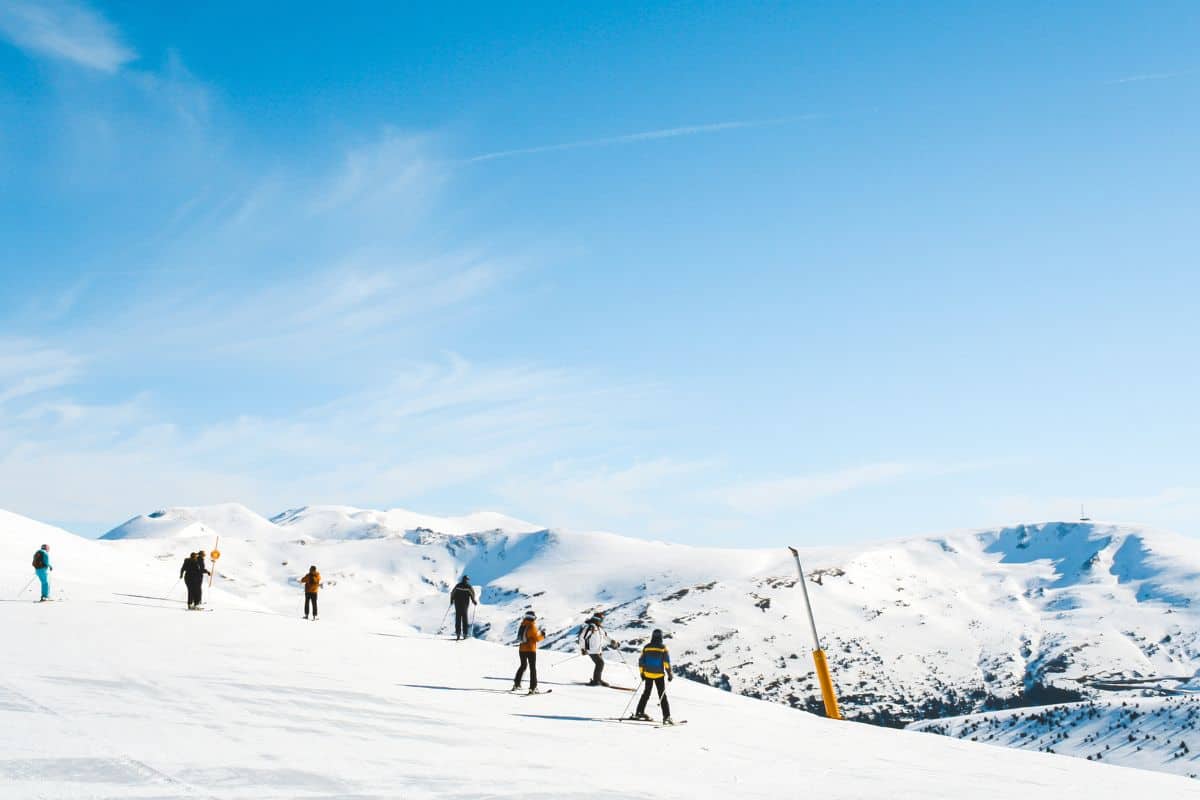Author: Nina Kobal, Development agency for Upper Gorenjska
Luka Vrančič, Director of Tourism Kranjska Gora, and Franci Petek, Director of the Sport Institute of the Republic of Slovenia Planica, participated in an international workshop held in Valmalenco on April 9th and 10th. Representing Living Lab Kranjska Gora, they joined experts to discuss the challenges and opportunities for innovation in mountain tourism within the Alpine Space. The Valmalenco workshop was a crucial platform for sharing insights and strategies among Living Labs from Alpine Space. Participants discussed factors of change in specific Living Lab, territorial diagnoses and exchanged experiences and solutions aimed at designing sustainable futures.
Climate Change: A significant challenge
Kranjska Gora, a renowned winter tourism destination, faces significant challenges due to climate change. The uncertain snow base has become a pressing issue, severely affecting skiing and winter tourism, which are integral to the local identity. The unpredictability of snowfall leads to a decline in visitor numbers and tourism revenues. Additionally, ski resorts incur higher operating costs due to artificial snowmaking, resulting in increased energy consumption and water usage, which have further environmental repercussions.
The cancellation of this year’s Vitranc Cup, an annual FIS Alpine Ski World Cup event in Kranjska Gora, underscores the economic impact of unreliable snowfall. This event’s cancellation not only affects the organizers but also to local businesses and the wider community, highlighting the broader economic risks associated with climate variability.

Overtourism: A Double-Edged Sword
Overtourism emerged as another critical issue during the workshop. While tourism boosts the local economy, it also strains the local population and infrastructure. Experiences show that the influx of tourists leads to a loss of local identity, as traditional agricultural practices are abandoned in favour of more profitable apartment rentals. This shift transforms the landscape and architectural aesthetics, eroding cultural heritage.
Moreover, real estate prices, due to foreign investments, make it challenging for young locals to afford housing, contributing to an aging population. Overtourism also brings environmental challenges, such as traffic congestion and the degradation of natural and cultural sites due to increased access facilitated by technology like e-bikes and social media. The result is not only a decline in the quality of life of the local population, but also a decrease in the quality of the service offered to tourists, which is in any case highly unsustainable. However, Tourism office in Kranjska Gora is aware of the problems and supports the transition towards more sustainable tourism.

Conclusion: Toward Sustainable Tourism
Addressing climate change requires innovative solutions to ensure sustainable tourism. Simultaneously, managing overtourism involves preserving local identity and cultural heritage while mitigating environmental impacts.
By participatory approach the collective knowledge and experience shared at the workshop, Kranjska Gora can work towards a future where tourism supports economic growth without compromising the environment or the well-being of the local population. Sustainable tourism practices, community engagement, and strategic planning will be key to achieving this balance, ensuring that Kranjska Gora remains a vibrant and resilient destination for future generations. obrazca



